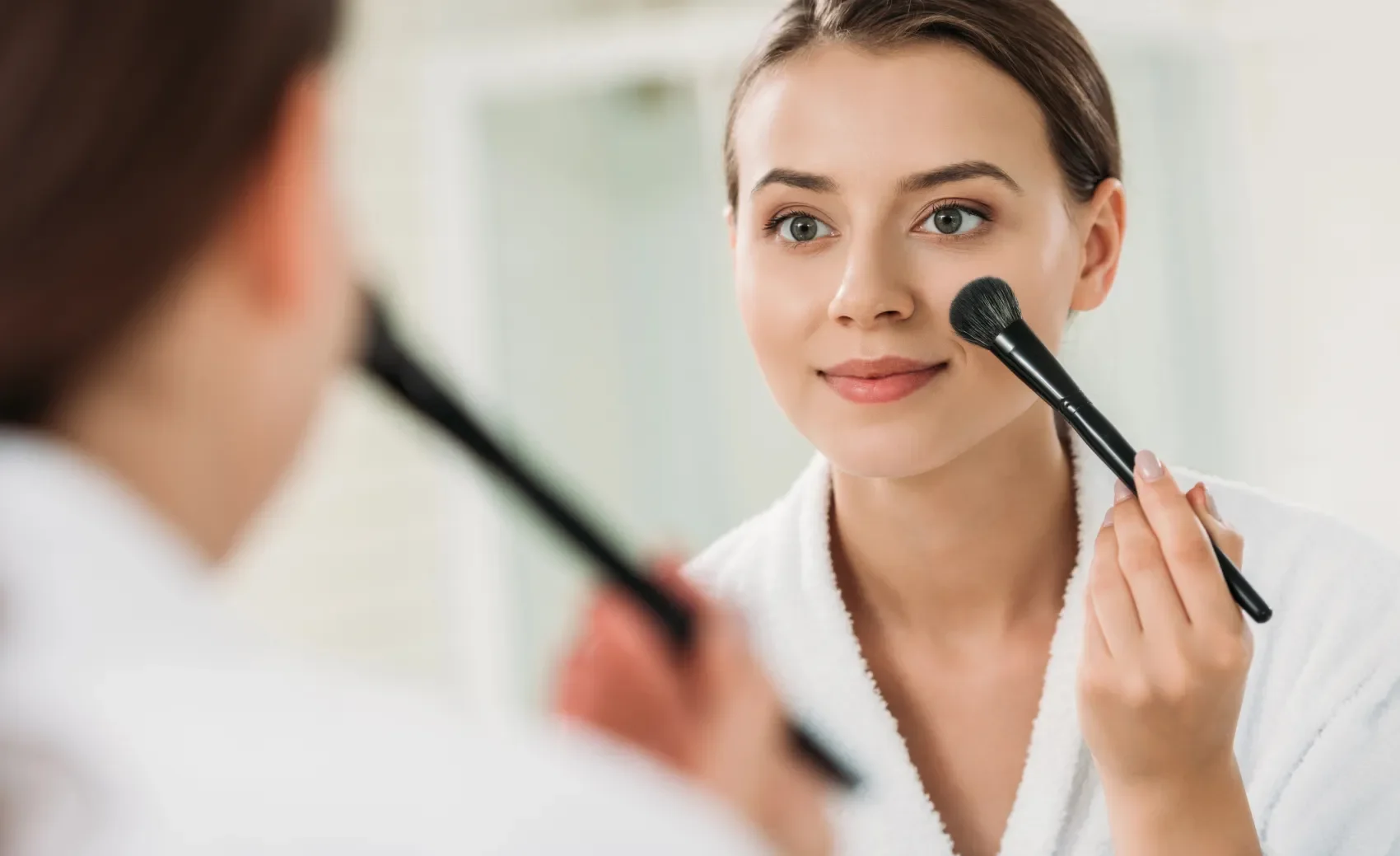Can You Wear Makeup After a Facial or Peel? Expert Advice
After a facial or chemical peel, many people assume they can immediately return to their usual makeup routine—but the truth is more nuanced. Treatments like exfoliation and resurfacing temporarily make the skin more permeable and sensitive, which can affect how products interact with it. Understanding the science behind skin recovery and knowing the optimal timing for makeup application can prevent irritation, enhance results, and support long-term skin health in ways that most people—and even some practitioners—rarely discuss.
How Facials and Chemical Peels Affect the Skin
Knowing when to reintroduce makeup after a facial or peel is crucial for protecting your skin and preserving results. Immediately after treatment, the skin’s barrier is fragile, making it more prone to irritation or clogged pores. Light mineral-based or non-comedogenic products may be safe within a day or two following a gentle facial, but chemical peels or deeper exfoliation often require waiting several days to a week. What’s seldom discussed is that rushing makeup can interfere with the skin’s natural healing and hydration cycles, reducing the longevity of the treatment’s benefits. Listening to your skin and following a thoughtful timeline is key.
Aftercare Tips to Maximize Recovery
Proper aftercare after a facial or chemical peel is essential not just for comfort, but for maintaining results and protecting long-term skin health. Many patients focus only on visible symptoms, but the underlying repair processes are equally important. Key tips that are often overlooked include:
Gentle cleansing routines – Use lukewarm water and mild, non-irritating cleansers to avoid stripping natural oils or disturbing healing skin.
Layering moisturizers strategically – Light, non-comedogenic creams or serums applied in thin layers help maintain hydration without clogging pores.
Avoid active ingredients temporarily – Retinoids, AHAs, BHAs, or harsh vitamin C formulations should be paused until the skin fully recovers to prevent irritation.
Prioritize sun protection – Newly treated skin is highly sensitive; daily broad-spectrum SPF and protective clothing prevent pigmentation and support collagen repair.
Hydrate from within – Drinking water consistently and eating nutrient-rich foods high in protein, antioxidants, and vitamins can enhance cellular repair.
Minimize makeup use initially – Even gentle mineral makeup can interfere with barrier recovery if applied too soon.
Monitor lifestyle factors – Adequate sleep and stress management influence cortisol levels, which affect inflammation and healing speed.
Cool compresses for discomfort – Lightly applying cool, clean cloths can reduce swelling and soothe sensitivity without disrupting tissue repair.
Avoid picking or peeling flaking skin – Letting the skin slough naturally prevents scarring and maintains even results.
Follow-up with your provider – Personalized guidance ensures adjustments in skincare routines, touch-up treatments, and protective measures, optimizing long-term outcomes.
These strategies support the skin’s natural repair cycles, creating a foundation for healthier, more resilient skin and helping patients achieve smoother, longer-lasting results from their treatments.
Choosing Safe Makeup Products After Treatment
After a facial or chemical peel, selecting the right makeup can significantly impact recovery and results. Gentle, non-comedogenic, and fragrance-free products are essential to avoid irritation and breakouts. Mineral-based formulas are often ideal immediately post-treatment because they sit lightly on the skin without blocking pores. What’s rarely discussed is how certain pigments or heavy creams can trap heat or moisture, slowing the skin’s natural healing. Patients should also avoid active ingredients like retinoids or alpha hydroxy acids in foundation or tinted moisturizers until the skin fully recovers. Thoughtful product choice supports both comfort and the longevity of your refreshed, rejuvenated appearance.
Common Questions and Expert Insights
Patients often have specific concerns about makeup use after facials or chemical peels, and understanding the nuances can make recovery smoother and results longer-lasting. Expert insights reveal considerations that are rarely discussed outside professional circles:
Can I wear foundation after a chemical peel? – It’s best to wait until the skin has fully re-epithelialized, usually 3–7 days for light peels and up to two weeks for medium-depth peels. Using foundation too soon can trap heat or irritants against sensitive skin.
How soon can I wear makeup after a facial? – For gentle, non-exfoliating facials, light mineral makeup may be applied within a day. Deeper treatments, like enzyme facials or microdermabrasion, often require 48–72 hours.
Dermatologist tips for makeup after peel – Experts recommend non-comedogenic, fragrance-free, and mineral-based products for the first week. Avoid heavy creams or powders that could disrupt healing.
Post-facial makeup guidelines for events or work – When timing an event shortly after treatment, consider tinted SPF or sheer mineral coverage rather than full-coverage foundation to minimize irritation.
Makeup after exfoliating treatments – After microdermabrasion or light chemical peels, the skin may be more reactive; applying soothing hydrating primers can act as a protective barrier before makeup.
When to resume active skincare – Retinoids, acids, and vitamin C should generally be paused until skin has fully recovered, even if makeup feels comfortable.
These insights help patients navigate recovery safely while maintaining their aesthetic routine, emphasizing a balance between healing and lifestyle needs that many guides overlook.
Conclusion
Knowing when and how to wear makeup after a facial or chemical peel is about more than convenience—it’s about protecting your skin and maximizing treatment results. By understanding the changes your skin undergoes and following thoughtful aftercare, you can enjoy a refreshed, glowing appearance without irritation or setbacks. Choosing gentle products, respecting recovery timelines, and supporting your skin with hydration, sun protection, and healthy habits ensures both immediate comfort and long-term benefits. To learn more about safe post-treatment routines or to schedule a personalized consultation, visit Aloha Aesthetics in Austin or call us at 737-352-4009 today.

